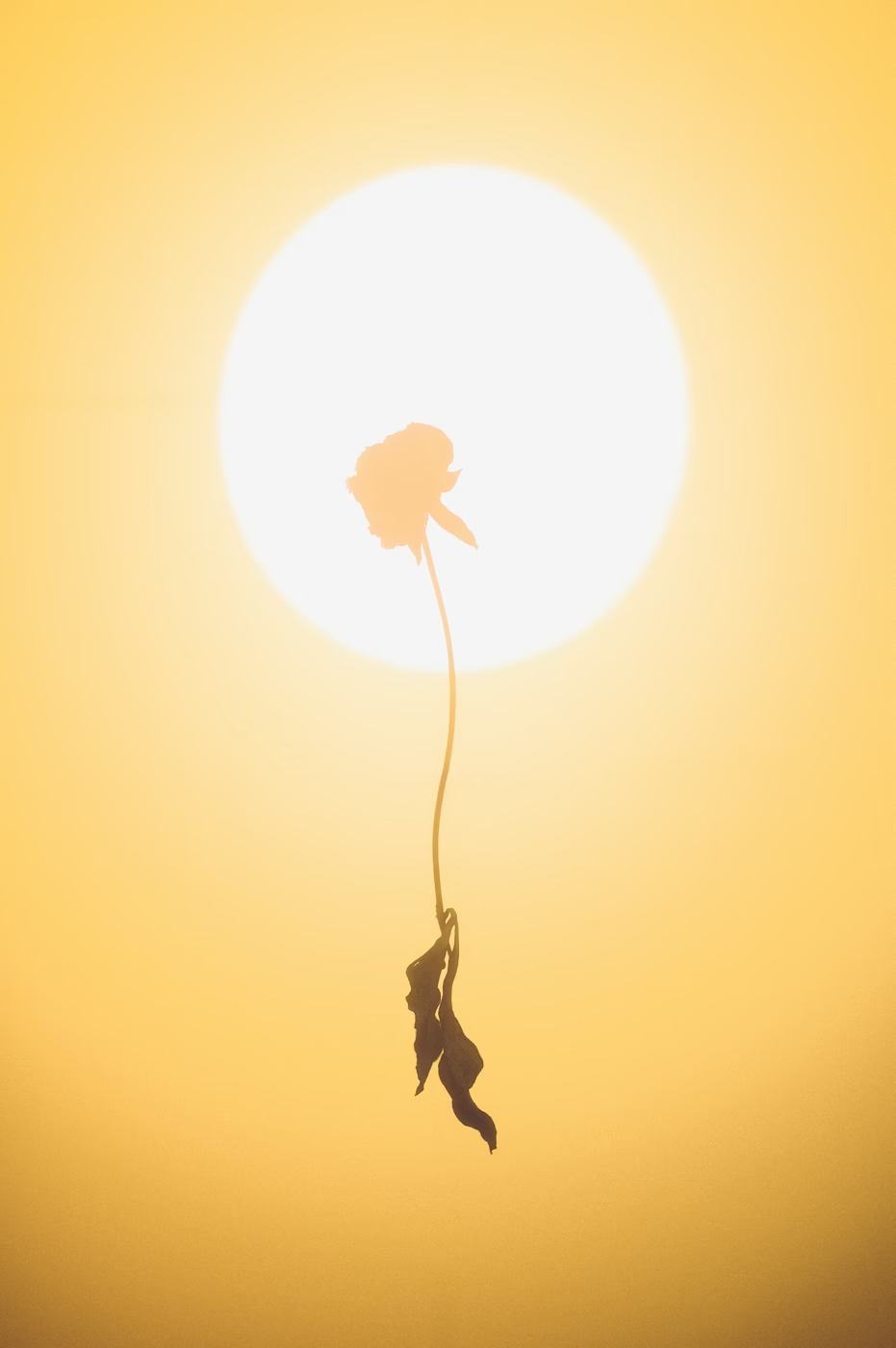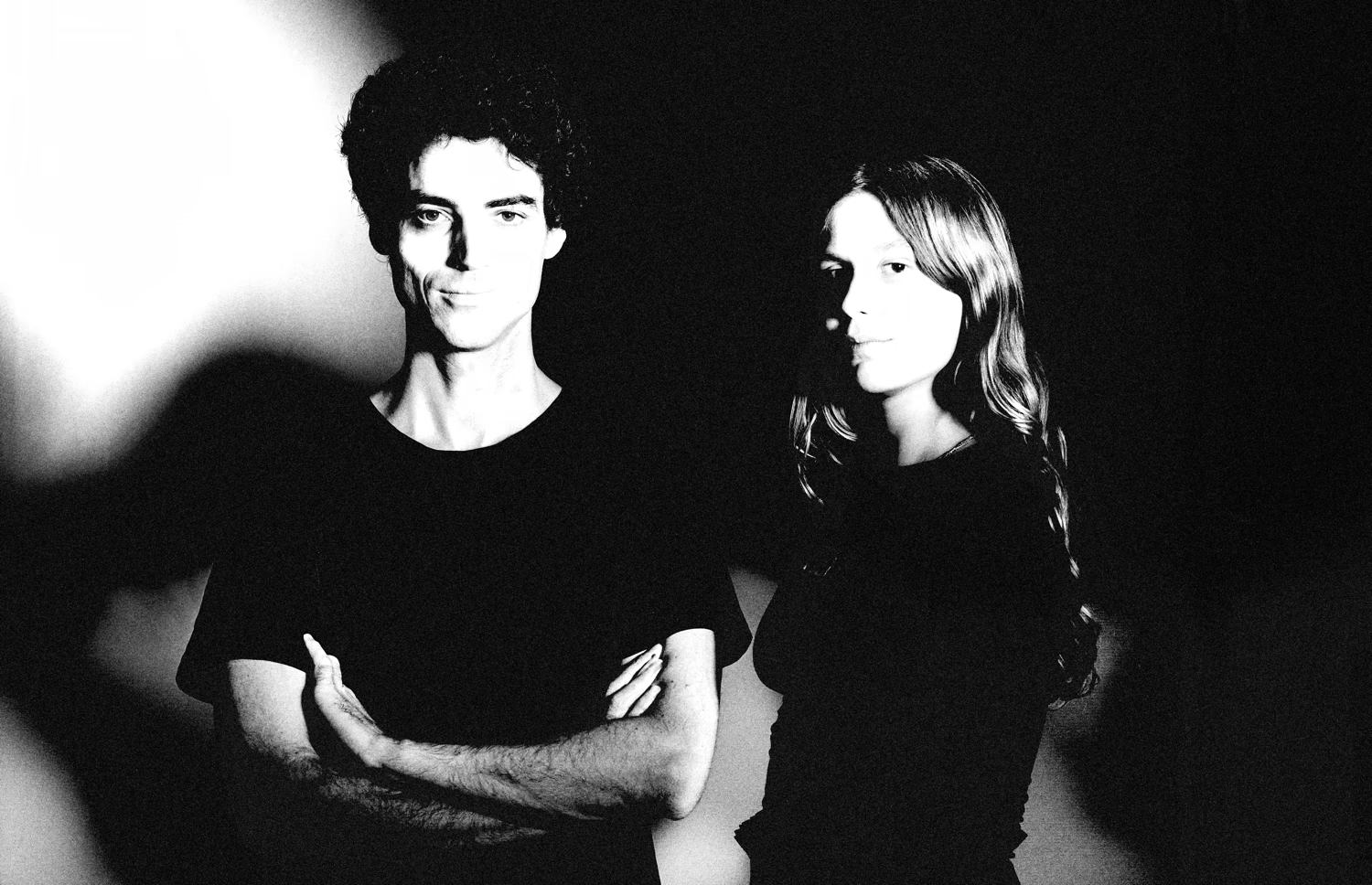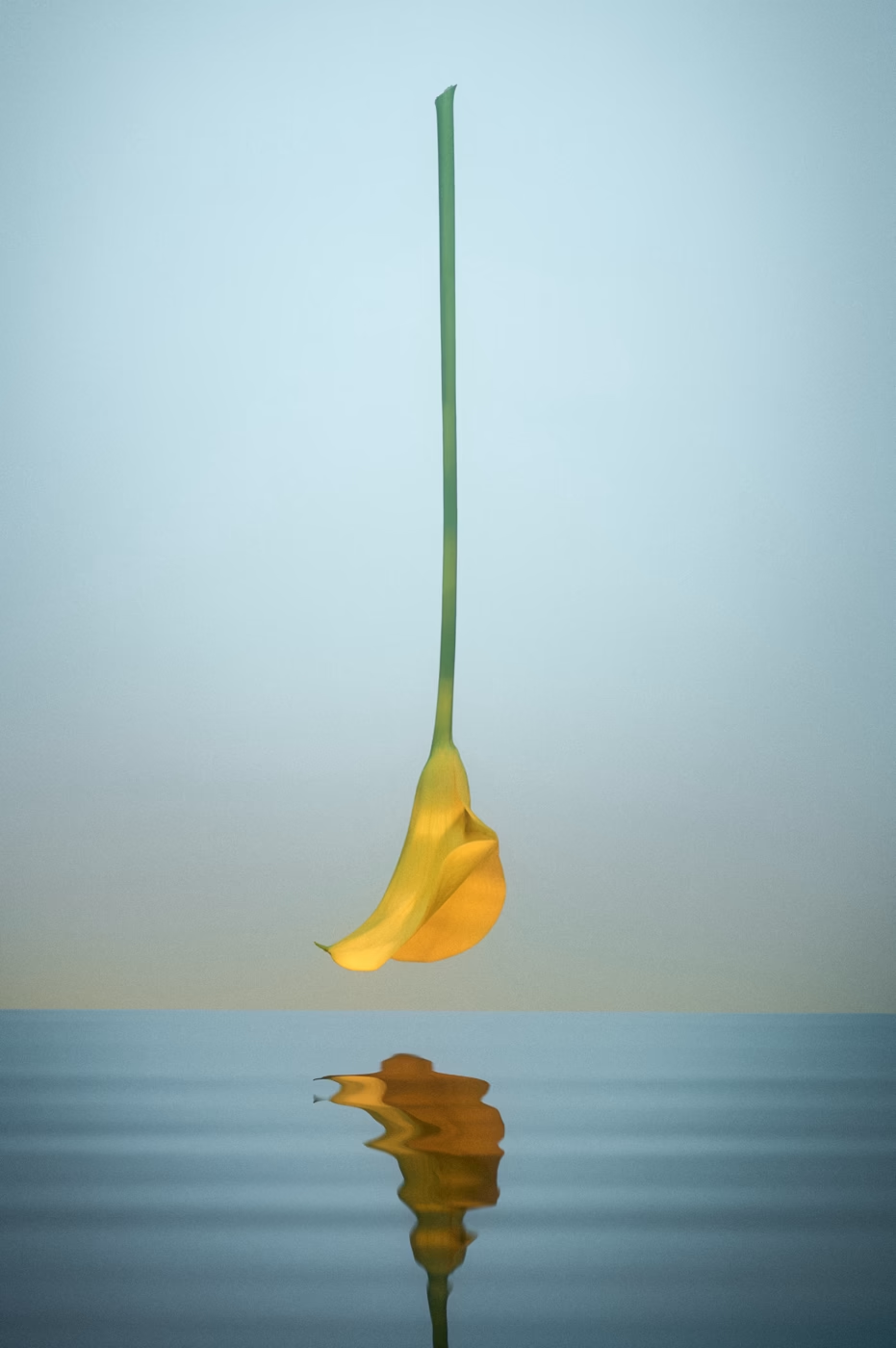This series was born out of our vision for mmiri — our ambitious dream of creating our own fine art photo studio. Lighting has become a one of the cornerstones of the project, serving as a leitmotif for shaping our unique visual language. The experience we’ve gained from countless experiments has become the foundation of these posts, where we share our methods for building up the lighting for our works.
Let’s begin with a bit of abstract stuff. As photographers or artists, we don’t need to be fixated on doing things the “right way.” There’s no need to follow well-trodden paths simply to optimise the process of achieving our goals. If that were the goal, wouldn’t we all end up using the same methods, losing the joy of pioneering, the thrill of experimentation, and the satisfaction of overcoming our own errors and limitations?
We believe that creating photography, or art in general, requires developing your own unique ways of doing things. Instead of constantly searching for ready-made “better approaches,” we should focus on honing our skills and vision in line with the deeper meaning we find in our work. We like to think of this as our “philosophy” or “hidden logic,” a guiding principle that provides direction without imposing rigid rules. This “philosophy” helps us develop our artistic style and follow our unique path, preventing us from getting lost in the chaotic world of endless possibilities.
In this series of articles, we will explore the physical characteristics of light in the context of studio photography. We will compare the artificial light we can produce and control in a studio setting with its natural counterpart. Our primary goal is to achieve more natural-looking artificial lighting setups, inspired by the available light in the world around us.
Some of the ideas and approaches you’ll encounter may be unique to the author, developed and optimised within the framework of his own “philosophy” and personal understanding. As a result, this knowledge may not always be applicable within other creative contexts or philosophies. Your own vision will ultimately guide how you work with light, requiring your own research, experimentation, and refinement. Nevertheless, we hope that our insights will prove useful and help you shape your own way of working with light, according to your own “hidden logic.”
It’s important to note that we will not delve into the scientific aspects of light here. There is already an abundance of excellent content available on the subject—from comprehensive books to in-depth articles and videos. As photographers, we are more interested in a practical, hands-on approach.
In the next chapter, we will begin by discussing the most important characteristics of light that we, as photographers, can influence. This will lay the foundation for the more practical chapters that follow, where we will analyse natural light, explore various lighting modifiers, and learn the fundamental principles behind their function. By the end, you will be able to apply this newly acquired knowledge to your own work.



